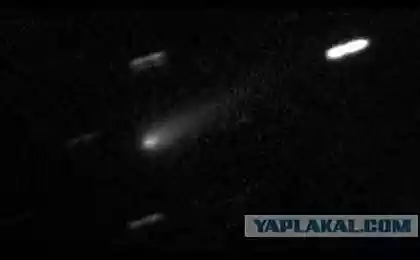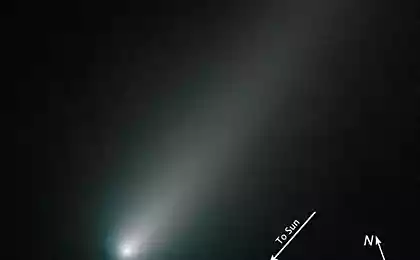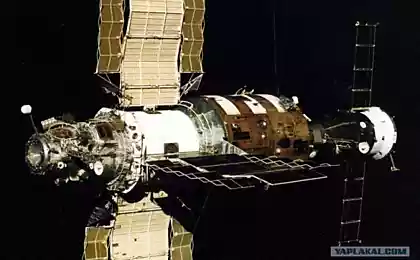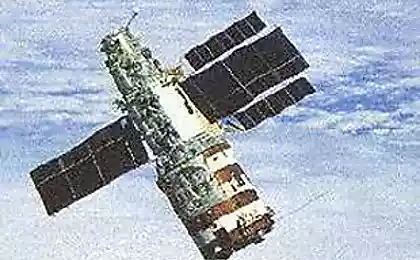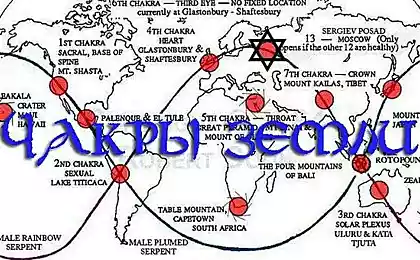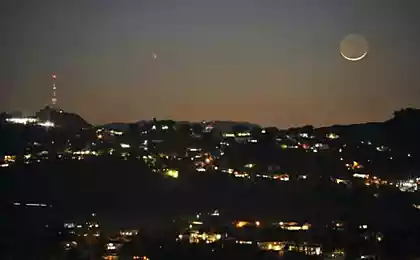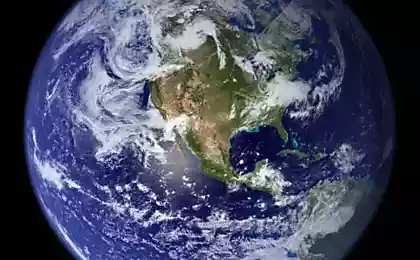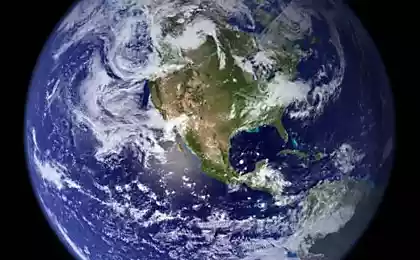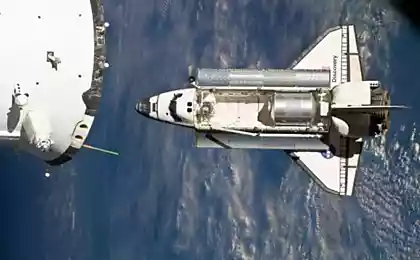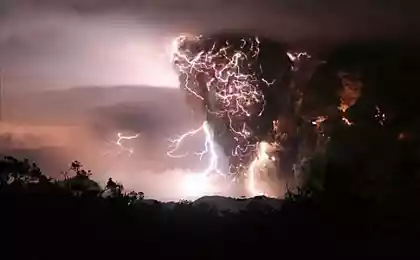197
How big does a meteor have to be to reach Earth?
If you occasionally peer into the night sky, you've probably seen "shooting stars" meteor showers. One of the great things about all of these observations is that the vast majority of the cosmic dust particles that cause visible meteors are very small — ranging in size from a grain of sand to a small pebble.
Discussing the activity of meteors is quite difficult due to differences in terminology. The term “meteor” actually refers to a band of light caused by the combustion of a piece of space debris in the atmosphere. Pieces of debris are called meteoroids, and remnants of debris reaching the surface of Earth or another planet are called meteorites. Meteoroids have a fairly wide range of sizes. This includes any space debris larger than a molecule and less than 100 meters across — anything larger would already be an asteroid. But most of the debris that Earth comes into contact with is the "dust" left behind by comets flying through the solar system. This dust tends to consist of small particles.
How do we see a meteor caused by such a small piece of matter? It turns out that although such meteoroids lack mass, they succeed in speed, thanks to which a flash in the sky manifests itself. Meteoroids enter the atmosphere at a high speed - from 11 to 72 kilometers per second. In the vacuum of space, they easily gain such speed, since there is simply nothing to stop them. Earth's atmosphere, on the other hand, is stuffed with a substance that creates friction when it comes into contact with a moving object. Friction produces enough heat that the surface of the meteoroid boiled (up to 1649 degrees Celsius) and it began to evaporate layer by layer.
Friction breaks down molecules of both the meteoroid material and the atmosphere into luminous ionized particles, which then recombine, emitting light energy and forming a bright "tail." The tail of a meteor caused by a grain-sized meteoroid is a meter wide, but because of the meteoroid’s high speed, it can be many kilometers long.
How big does a meteoroid have to be to reach the Earth’s surface? To your surprise, most meteoroids reaching the ground are very small, from microscopic bits to dust. They do not evaporate completely because they are light enough to slow down. Moving at a speed of 2.5 centimeters per second through the atmosphere, they do not experience serious friction, like large meteoroids. In this sense, almost all meteoroids that enter the atmosphere reach the surface in the form of microscopic dust.
For meteoroids that are large enough to form visible meteors, the minimum size estimate will be different. Because there are other factors involved besides size. The rate of entry of a meteoroid affects its chances of reaching the atmosphere because it determines the friction force that the meteoroid experiences. Normally, a meteoroid must be the size of a jumper to reach the Earth’s surface. Smaller stones burn up in the atmosphere at an altitude of 80-120 kilometers above the Earth.
Meteorites that people find on the ground, most likely left from large meteoroids – the size of a basketball. Larger meteoroids usually break up into smaller fragments as they pass through the atmosphere.
In fact, you can try to catch tiny meteorites yourself – just put a pot in the backyard or on the roof. published
P.S. And remember, just by changing our consumption – together we change the world!
Source: hi-news.ru/space/naskolko-bolshim-dolzhen-byt-meteor-chtoby-doletet-do-zemli.html
Discussing the activity of meteors is quite difficult due to differences in terminology. The term “meteor” actually refers to a band of light caused by the combustion of a piece of space debris in the atmosphere. Pieces of debris are called meteoroids, and remnants of debris reaching the surface of Earth or another planet are called meteorites. Meteoroids have a fairly wide range of sizes. This includes any space debris larger than a molecule and less than 100 meters across — anything larger would already be an asteroid. But most of the debris that Earth comes into contact with is the "dust" left behind by comets flying through the solar system. This dust tends to consist of small particles.
How do we see a meteor caused by such a small piece of matter? It turns out that although such meteoroids lack mass, they succeed in speed, thanks to which a flash in the sky manifests itself. Meteoroids enter the atmosphere at a high speed - from 11 to 72 kilometers per second. In the vacuum of space, they easily gain such speed, since there is simply nothing to stop them. Earth's atmosphere, on the other hand, is stuffed with a substance that creates friction when it comes into contact with a moving object. Friction produces enough heat that the surface of the meteoroid boiled (up to 1649 degrees Celsius) and it began to evaporate layer by layer.
Friction breaks down molecules of both the meteoroid material and the atmosphere into luminous ionized particles, which then recombine, emitting light energy and forming a bright "tail." The tail of a meteor caused by a grain-sized meteoroid is a meter wide, but because of the meteoroid’s high speed, it can be many kilometers long.
How big does a meteoroid have to be to reach the Earth’s surface? To your surprise, most meteoroids reaching the ground are very small, from microscopic bits to dust. They do not evaporate completely because they are light enough to slow down. Moving at a speed of 2.5 centimeters per second through the atmosphere, they do not experience serious friction, like large meteoroids. In this sense, almost all meteoroids that enter the atmosphere reach the surface in the form of microscopic dust.
For meteoroids that are large enough to form visible meteors, the minimum size estimate will be different. Because there are other factors involved besides size. The rate of entry of a meteoroid affects its chances of reaching the atmosphere because it determines the friction force that the meteoroid experiences. Normally, a meteoroid must be the size of a jumper to reach the Earth’s surface. Smaller stones burn up in the atmosphere at an altitude of 80-120 kilometers above the Earth.
Meteorites that people find on the ground, most likely left from large meteoroids – the size of a basketball. Larger meteoroids usually break up into smaller fragments as they pass through the atmosphere.
In fact, you can try to catch tiny meteorites yourself – just put a pot in the backyard or on the roof. published
P.S. And remember, just by changing our consumption – together we change the world!
Source: hi-news.ru/space/naskolko-bolshim-dolzhen-byt-meteor-chtoby-doletet-do-zemli.html
